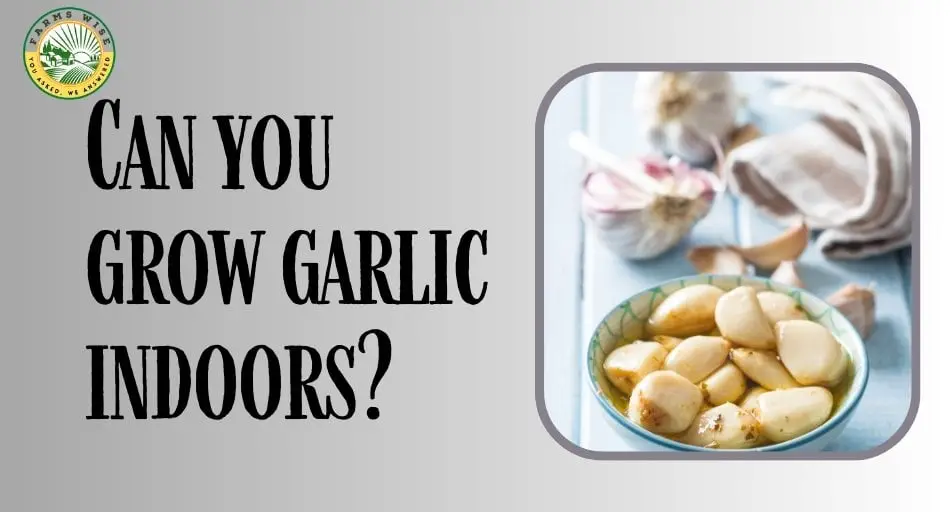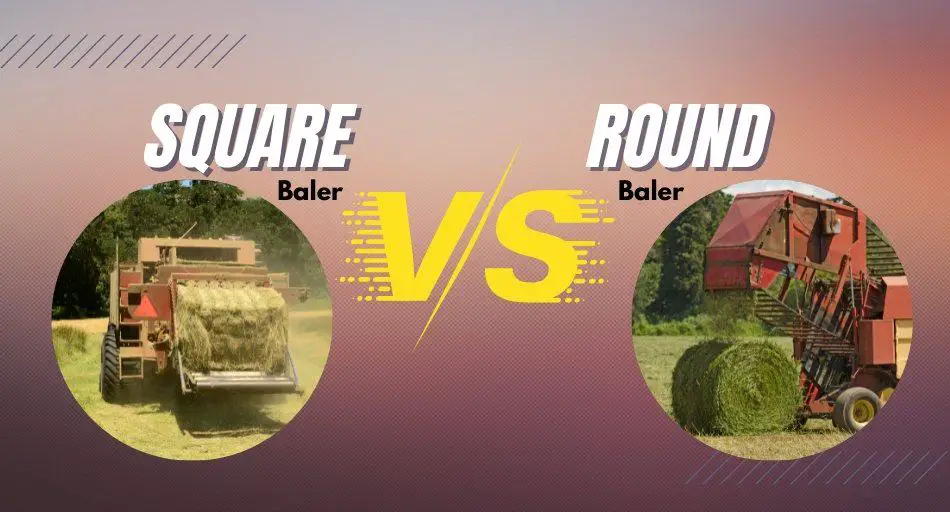Garlic is a staple ingredient in many kitchens around the world. It adds flavor and aroma to dishes and has numerous health benefits.
While garlic is typically grown outdoors, many people wonder if it’s possible to grow garlic indoors. The answer is yes, and it’s easier than you might think.
Growing garlic indoors is a great option for those who don’t have a garden or outdoor space. It’s also an excellent choice for those who live in colder climates where garlic can’t survive the winter. With the right conditions, garlic can be grown indoors year-round.
In this article, we’ll explore the benefits of growing garlic indoors, the best ways to do it, and some tips for success so keep reading.
What Is the Best Garlic to Grow Indoors?

When it comes to growing garlic indoors, it is important to choose the right variety of garlic. Not all garlic varieties are suitable for indoor growing. Here are some of the best garlic varieties to grow indoors:
1. Hardneck Garlic
Hardneck garlic is a popular choice for indoor growing. It is known for its large cloves, strong flavor, and easy-to-peel skin. Hardneck garlic is also more cold-hardy than other garlic varieties, making it a good choice for indoor growing during the winter months.
2. Softneck Garlic
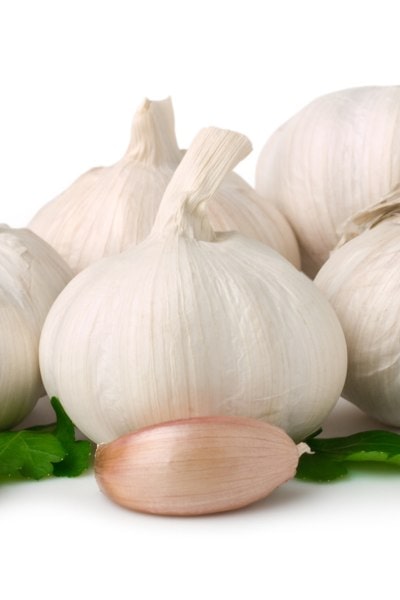
Softneck garlic is another popular choice for indoor growing. It is known for its mild flavor and long shelf life. This garlic is also easier to braid than hardneck garlic, making it a good choice for those who want to store their garlic for a longer period of time.
3. Elephant Garlic
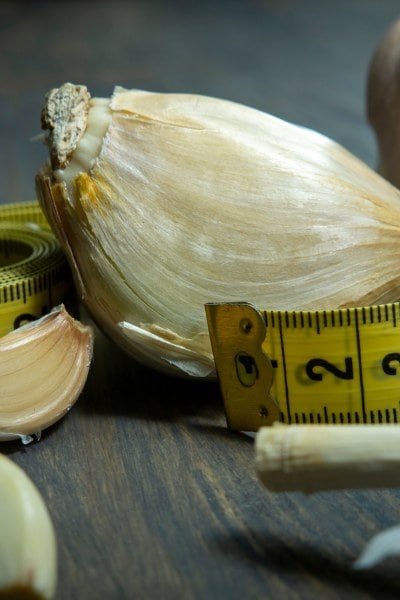
Elephant garlic is not actually a true garlic, but rather a member of the leek family. It is known for its large size and mild flavor. Elephant garlic is a good choice for indoor growing because it does not require a lot of space and is easy to grow.
When choosing a garlic variety for indoor growing, it is important to consider the growing conditions. Some garlic varieties require more light and warmth than others.
Hardneck garlic, for example, requires a colder environment than softneck garlic. Elephant garlic, on the other hand, can tolerate a wide range of growing conditions.
In summary, the best garlic varieties to grow indoors are hardneck garlic, softneck garlic, and elephant garlic.
Each variety has its own unique characteristics and growing requirements, so it is important to choose the right variety for your specific growing conditions.
READ ALSO: Starting a Small Farm: A Complete Beginner’s Guide
What Is the Best Garlic to Grow for Beginners?
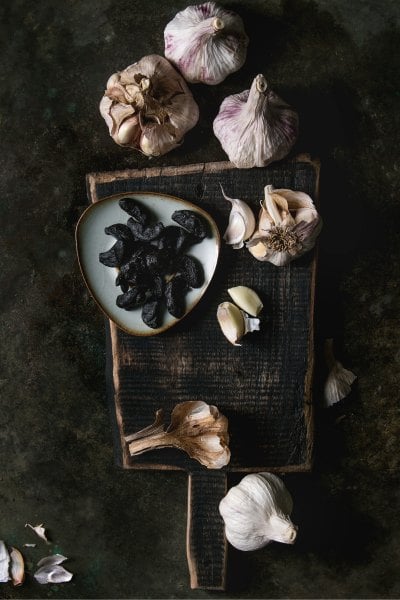
When it comes to growing garlic, there are many different varieties to choose from. However, for beginners, it’s best to start with a variety that is easy to grow in this case, those are the same type of garlic you can grow indoors too as mentioned earlier.
Softneck Garlic
Softneck garlic is the most common variety of garlic and is often found in grocery stores. It’s easy to grow and produces a large number of cloves per bulb.
Softneck garlic also has a longer shelf life than other varieties, making it a great choice for those who want to store their garlic for a longer period of time.
Hardneck Garlic
Hardneck garlic is a bit more challenging to grow than softneck garlic, but it’s still a good choice for beginners. This garlic produces fewer cloves per bulb, but the cloves are larger and easier to peel.
This variety also has a more complex flavor than softneck garlic, making it a favorite among chefs.
Elephant Garlic
Elephant garlic is a type of garlic that produces large, mild-flavored cloves. It’s not actually a true garlic, but rather a member of the leek family.
Elephant garlic is easy to grow and produces a large yield, making it a great choice for beginners.
Rocambole Garlic

Rocambole garlic is a hardneck variety that is known for its rich, complex flavor. It’s a bit more challenging to grow than softneck garlic, but it’s still a good choice for beginners.
Rocambole garlic produces fewer cloves per bulb, but the cloves are larger and easier to peel.
Overall, the best garlic variety for beginners depends on personal preference. Softneck garlic is the easiest to grow and has a longer shelf life, while hardneck garlic has a more complex flavor.
READ ALSO: Maximizing Your Snap Pea Harvest: The Benefits of Trellising
What Month Is Best to Plant Garlic?
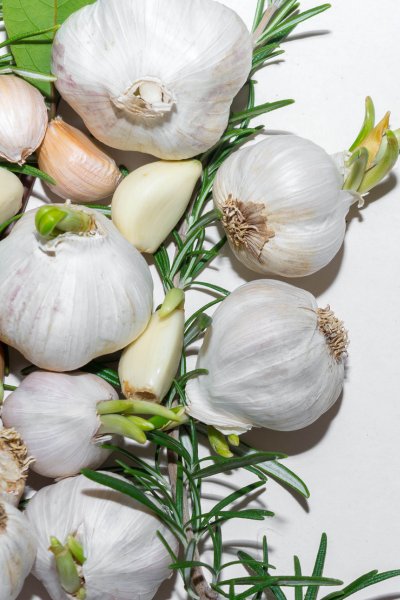
When it comes to growing garlic indoors, timing is everything. Garlic needs a period of cold temperatures to develop properly.
Therefore, the best time to plant garlic is in the fall, typically between September and November.
For indoor gardening, the timing is a bit more flexible. Garlic can be planted indoors at any time of the year, as long as the growing conditions are right.
It is still recommended to plant garlic in the fall, as this will give the cloves enough time to develop roots and establish themselves before the growing season starts.
If you’re planting garlic indoors during the winter months, it’s a good idea to pre-chill the cloves in the refrigerator for a few weeks before planting.
This will help to simulate the cold temperatures that garlic needs to grow properly.
READ ALSO: Growing Zucchini: To Trellis or Not to Trellis?
What Can You Not Plant Next to Garlic?
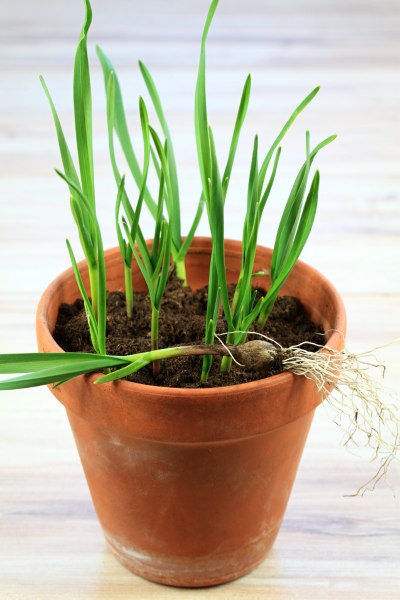
When planning a garden, it’s important to consider what plants to grow together and which ones to avoid. Garlic is no exception.
While garlic is a great companion plant for many vegetables and herbs, there are a few plants that should not be planted near garlic.
1. Beans
One of the plants to avoid planting near garlic is beans. Beans are part of the legume family and have a symbiotic relationship with nitrogen-fixing bacteria.
This bacteria can fix nitrogen from the air and convert it into a form that plants can use. However, garlic is a heavy feeder and can deplete the soil of nitrogen, which can limit the growth of beans.
2. Alliums
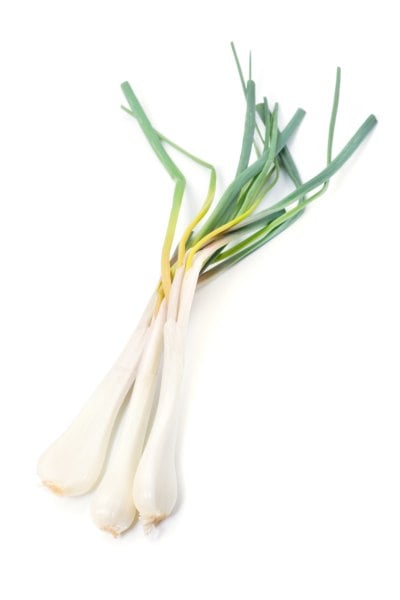
Another plant to avoid planting near garlic is alliums. Alliums, such as onions, shallots, and leeks, are related to garlic and can attract the same pests and diseases.
Planting alliums near garlic can increase the risk of fungal diseases, such as white rot, and attract onion maggots.
3. Brassicas
In addition to beans and alliums, there are a few other plants to avoid planting near garlic. These include brassicas, such as broccoli, cabbage, and cauliflower, which can attract aphids and other pests that can damage garlic.
READ ALSO: 50 Farming Tips for Beginners (Must Read)
4. Peppers
Peppers can stunt the growth of garlic and attract pests such as spider mites. Also one of the reasons can be in garlic itself.
Garlic can release a chemical called allicin into the soil, which can inhibit the growth of nearby plants, including peppers.
Additionally, garlic is known to attract certain pests, such as onion maggots and thrips, which can also damage pepper plants. On the other hand, peppers are susceptible to a disease called Verticillium wilt, which can also affect garlic plants.
5. Tomatoes

Tomatoes can also stunt the growth of garlic and attract pests such as tomato hornworms. Additionally, tomatoes are susceptible to a disease called Fusarium wilt, which can also affect garlic plants.
Planting garlic and tomatoes together in the same garden bed can increase the risk of disease and pest problems for both plants. Moreover, garlic and tomatoes have similar nutrient requirements, which means they may compete for the same nutrients in the soil.
To ensure a successful garlic harvest, it’s important to plant garlic with companion plants that can help deter pests and diseases and improve soil health.
However, it’s equally important to avoid planting garlic near plants that can harm its growth and attract pests and diseases.
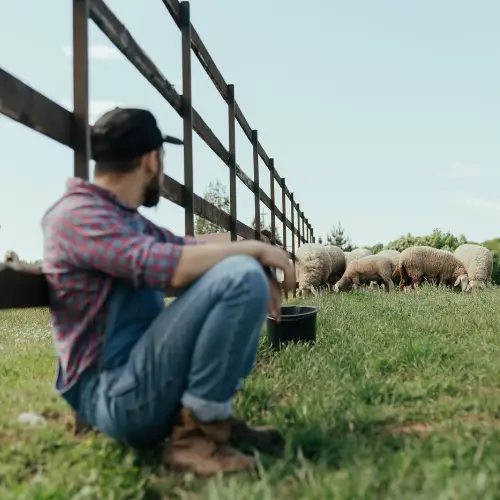
Jack is the owner, chief editor, and senior writer of this website.
Machinery, engines, and farming have always been a passion of his since he was a young boy. Growing up on a small farm in rural America, he learned the value of hard work and dedication from an early age.
After completing his degree in Engineering, he decided to follow his dream and became a farmer in 2009.
Since then, he has gained a wealth of knowledge and experience in the field. He has grown a variety of crops, tended to farm animals, and worked with all sorts of farming machinery. Continue reading…

